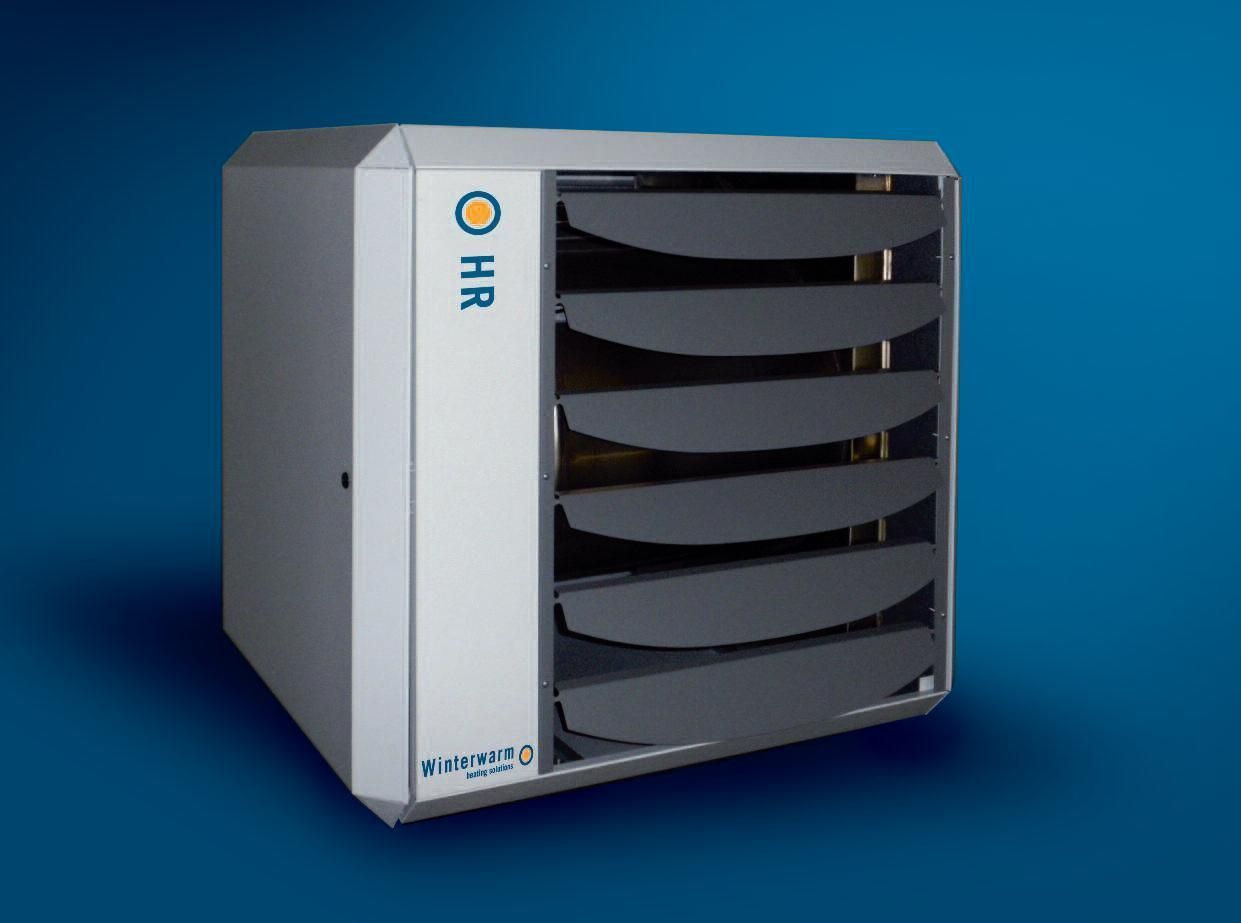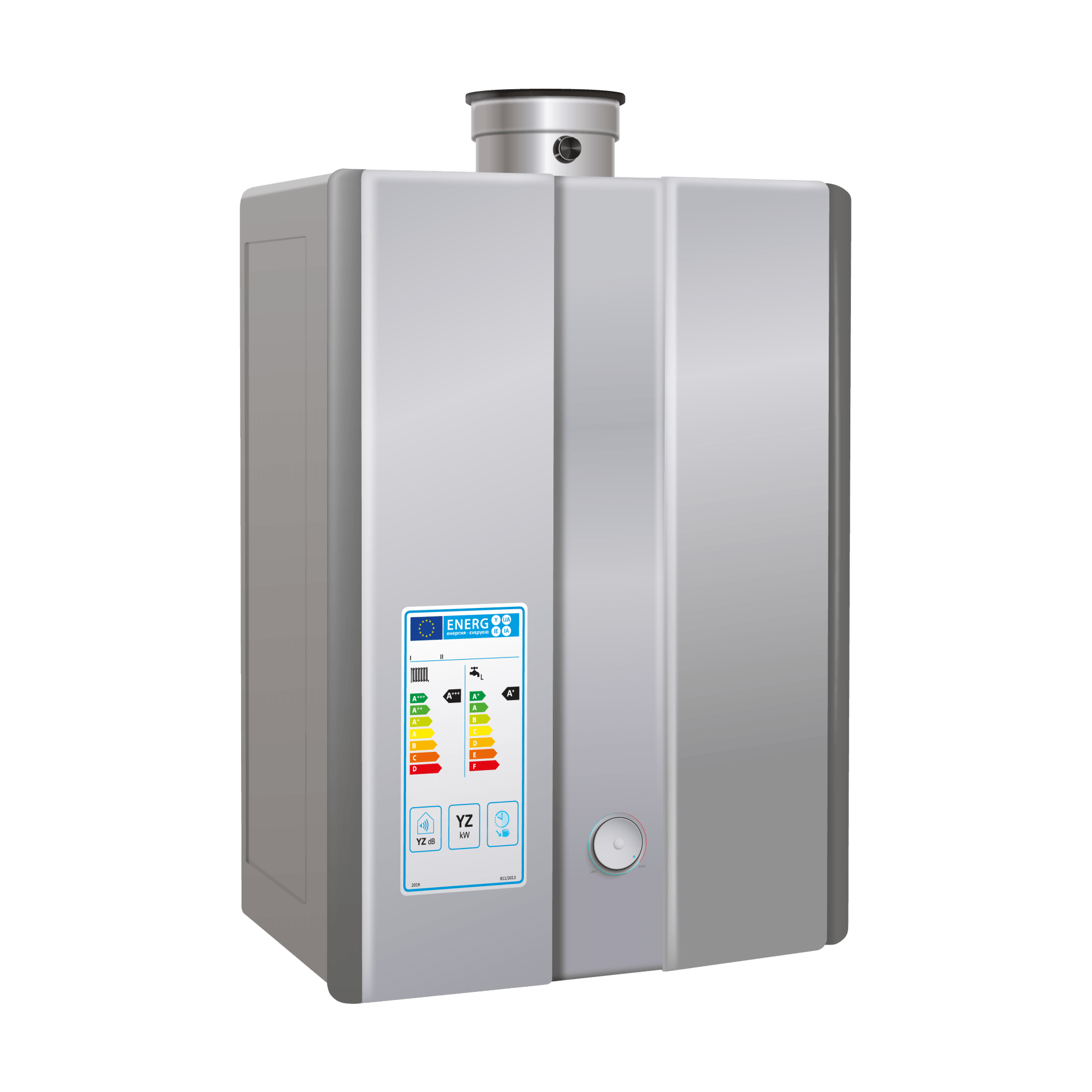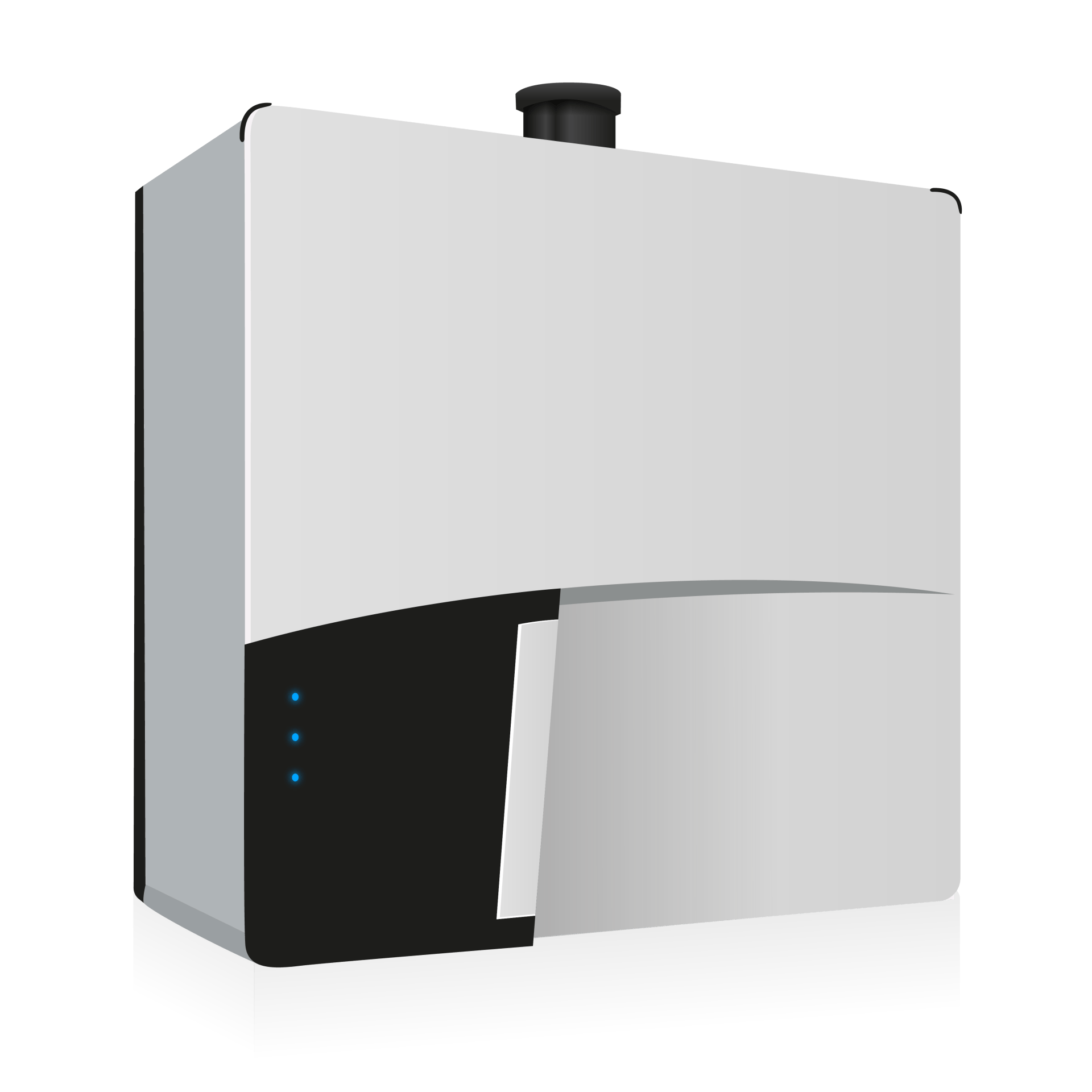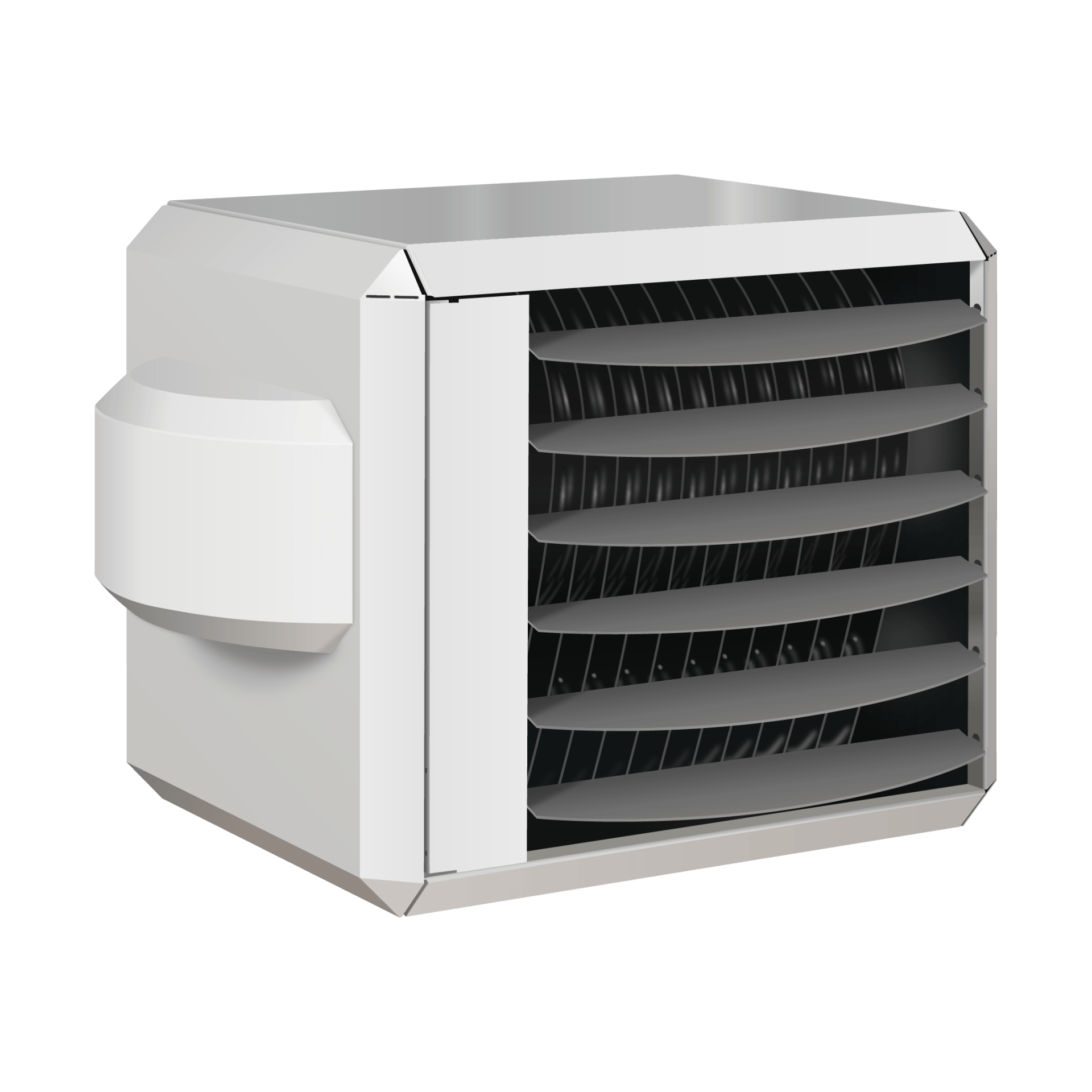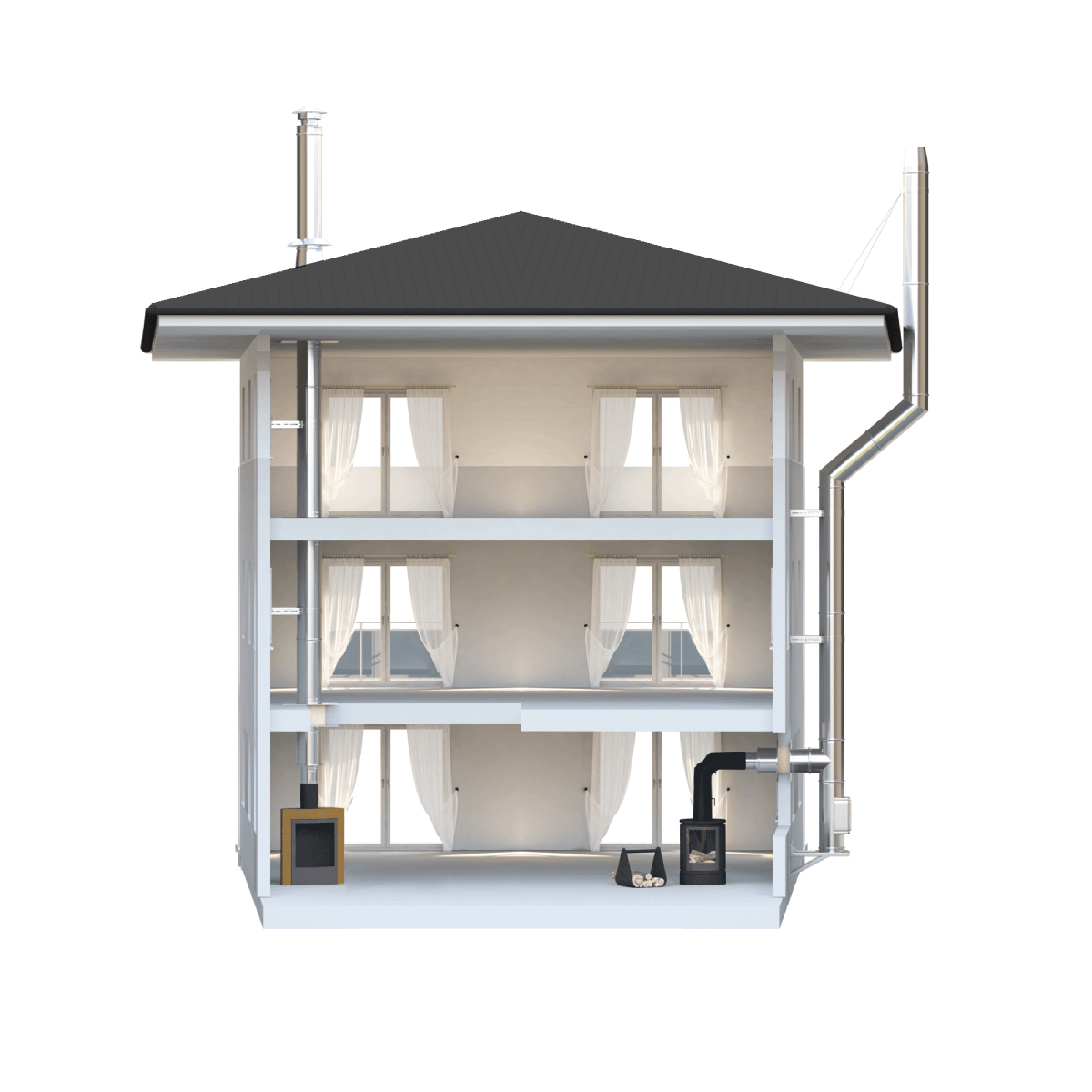Key Considerations for Heating System Design in UK Leisure Facilities
When designing a heating system for your leisure facility, you're likely aware that it's a complex task that requires careful consideration of multiple factors. You'll need to balance the need for efficient operation with the constraints of your facility's unique space and layout. But that's just the starting point. You'll also need to think about the type of fuel you'll use, how you'll meet peak usage demands, and how to minimize your environmental impact. As you weigh these competing demands, you'll want to consider the long-term implications of your design choices - and that's where the real challenge begins.
Space and Layout Constraints
When designing a heating system, you'll need to carefully consider the space and layout constraints of your building to ensure that the chosen boiler fits comfortably and can be easily accessed for maintenance.
This is particularly crucial in leisure facilities, where hot water systems are essential for showers and pools.
You'll need to assess the available space for the boiler, taking into account the size and type of system or combination boiler required.
For instance, a compact system boiler like the Q25SR ATAG System Boiler (25kW) might be suitable for smaller facilities, while larger ones might require a more powerful option like the XL140 ATAG System Boiler (136kW).
Additionally, you'll need to consider the layout of the building, ensuring that the boiler can be easily accessed for regular maintenance and repairs.
This will help prevent downtime and ensure your leisure facility's heating system runs smoothly and efficiently.
Energy Efficiency Requirements
As you design your heating system, you must prioritise energy efficiency to minimise your leisure facility's environmental impact and reduce operating costs.
This involves selecting heating solutions that meet stringent energy efficiency requirements, such as boilers with high Seasonal Efficiency of Domestic Boilers in the UK (SEDBUK) ratings.
By doing so, you can reduce your facility's carbon footprint and lower energy bills.
When it comes to providing reliable hot water, consider investing in boilers with built-in storage or combining them with thermal storage tanks.
This ensures a consistent supply of hot water, even during peak demand periods.
Furthermore, exploring renewable heating options, such as heat pumps or biomass boilers, can significantly reduce your facility's reliance on fossil fuels.
These alternatives can provide a sustainable and energy-efficient solution for your heating needs.
Water Volume and Pressure Needs
The heating system's water volume and pressure needs depend on the specific requirements of your leisure facility, including the number of users, shower heads, and appliances that demand hot water simultaneously.
To ensure a reliable hot water supply, you'll need to calculate the peak demand period, typically during morning and evening hours when users are most active.
This will help you determine the required water volume and pressure to meet the hot water solutions your facility needs.
A well-designed heating system should be able to provide a consistent supply of hot water, even during periods of high demand.
This can be achieved by selecting boilers that can handle the required water volume and pressure.
For instance, a facility with multiple shower heads and appliances may require a boiler with a higher kW output to ensure a steady supply of hot water.
Fuel Type and Availability
You'll need to consider the fuel type and availability to ensure your heating system operates efficiently and cost-effectively, taking into account factors like boiler compatibility and local fuel supply infrastructure.
The fuel type you choose will significantly impact your heating system's performance, so it's essential to weigh your options carefully. For instance, air source heat pumps can provide efficient heating, especially in well-insulated buildings. On the other hand, gas water heaters may be more suitable for facilities with high hot water demands.
It's also crucial to assess the availability of different fuel types in your area. If you're located in a rural area, for example, you may have limited access to certain fuels. In such cases, you may need to consider alternative options, such as biomass or oil-fired boilers.
System Sizing and Capacity
Determining the correct system size and capacity is crucial to ensure your heating system operates within optimal parameters, efficiently meeting your facility's heating demands while minimising energy waste.
When it comes to sizing your system, you'll need to consider factors such as your facility's heat loss, occupancy, and hot water demands.
Oversizing can lead to energy waste and increased costs, while undersizing can result in inadequate heating.
For larger facilities, boilers like the XL110 ATAG System Boiler (107kW) or the XL140 ATAG System Boiler (136kW) may be suitable.
These high-capacity boilers can provide the necessary heat output to meet your facility's demands.
On the other hand, smaller facilities may require a smaller system, such as the RINNAI ZEN-35 Indoor / Outdoor Combination Boiler (35kW).
This compact boiler is ideal for smaller spaces and can provide both heating and hot water.
It's essential to conduct a thorough assessment of your facility's heating needs to determine the correct system size and capacity.
Installation and Maintenance Access
Proper installation and maintenance access are critical to ensuring your heating system operates safely and efficiently, as it allows technicians to easily inspect and repair components, reducing downtime and costly repairs.
You should consider the installation time and layout of your heating system to ensure that it's easily accessible for maintenance. This won't only reduce maintenance costs but also ensure that your system is energy efficient.
A well-designed system with easy maintenance access can help you save energy and reduce your carbon footprint. When designing your heating system, think about the location of components, piping, and valves.
Make sure they're easily accessible and not obstructed by other equipment or structures. This will save you time and money in the long run by reducing installation time and making maintenance a breeze.
Noise Reduction and Acoustics
When designing your heating system, it's essential to consider noise reduction and acoustics to create a comfortable and peaceful environment for your leisure facility.
You want your visitors to focus on their workout or relaxation, not be distracted by the hum of the heating system. Noise reduction is particularly important in areas like yoga studios, spas, or swimming pools, where a calm atmosphere is crucial.
Heating systems for sports and leisure facilities often require a constant and dedicated supply of hot water, which can be noisy.
However, by selecting the right water heating range and configuring it correctly, you can minimise noise levels. For instance, you can opt for boilers with built-in noise reduction features or install them in soundproofed rooms.
Additionally, consider the placement of heating systems and pipes to minimise noise transmission.
Integration With Existing Systems
You'll need to ensure your new heating system seamlessly integrates with your existing systems, such as building management systems, HVAC, and plumbing infrastructure, to maximise efficiency and minimise disruptions.
This is particularly crucial in sports facilities, where downtime can result in significant revenue losses.
When designing a commercial heating system, it's essential to consider how it will interact with other systems, such as energy-efficient lighting and ventilation systems.
A well-integrated system will optimise energy consumption, reduce energy waste, and provide a comfortable environment for users.
In UK leisure facilities, an energy-efficient heating system is crucial to minimise environmental impact and reduce energy costs.
By integrating your new heating system with existing systems, you can ensure that it operates at peak efficiency, reducing energy consumption and emissions.
This integration will also enable you to monitor and control your heating system remotely, allowing for real-time adjustments and optimisation.

User Demand and Peak Usage
Designing a commercial heating system that meets user demand and peak usage requires careful consideration of your sports facility's unique needs and patterns.
You need to understand how many users will be utilising the facility simultaneously, particularly during peak hours. This will help you determine the required hot water heating solutions to ensure a consistent supply of hot water throughout the facility.
For instance, if your leisure facility has multiple shower areas, you'll need a system that can handle the simultaneous demand for hot water. Peak usage periods, such as early morning and evening hours, must also be taken into account.
Failing to do so may result in inadequate hot water supply, leading to user dissatisfaction.
To get it right, you should analyse your facility's usage patterns, including the number of users, showering habits, and peak usage periods.
This data will enable you to specify the correct hot water heating solutions, ensuring your system can meet the demand. By doing so, you can create a comfortable and enjoyable experience for your users, while also reducing the risk of complaints and system failures.
Budget and Cost Considerations
With your facility's unique needs and usage patterns in mind, it's now important to consider the financial implications of your commercial heating system design.
As a leisure facility owner, you're likely working within a budget, and it's crucial to balance cost-effectiveness with energy efficiency. The leisure sector is highly competitive, and investing in an energy-efficient heating system can help you save money in the long run.
When selecting a heating system, consider the upfront costs of boilers, installation, and maintenance.
You'll need to weigh these expenses against the potential long-term savings from reduced energy consumption.
Look for cost-effective solutions that prioritise energy efficiency, such as ATAG or RINNAI boilers, which offer a range of options to suit your facility's specific needs.
Conclusion
You've now considered the key factors for designing an efficient heating system in UK leisure facilities.
From space and layout constraints to user demand and peak usage, each aspect plays a crucial role in ensuring your system operates effectively.
By taking these considerations into account, you can create a heating system that meets the unique needs of your facility, minimises environmental impact, and stays within budget.
Share.
Comment.
Latest.
